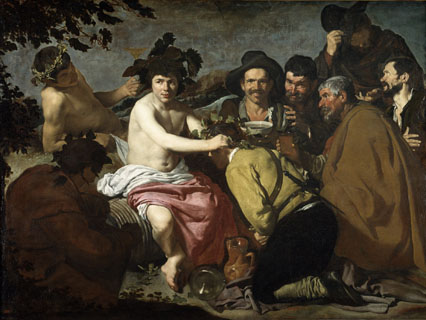Dark-suited and silver-haired, Rafael Moneo is the endearingly self-effacing architect responsible for the new extension to the Prado in Madrid. A quietly enthusiastic man, he clearly dislikes talking about his own work and prefers to stress how honoured he feels to have been chosen to remodel Spain’s greatest museum. In fact, he gives the impression that he would far rather talk about Old Master paintings than modern architecture, full stop. “The Prado, for a Spaniard, holds the most sacred things, the things we love the most. We feel that our culture has been most deeply represented, in many ways, by our painters. I remember myself coming to the Prado as a child, and running through the main galleries, and finding first, the very earliest Christian painters, later the still lifes of Zurbaran, the virgins of Murillo, the darkness of Ribera… Then you take a rest and come to Velazquez, the great Velazquez, with this sense of reality that conveys the deepest sense of facing the world. You feel that in Velazquez, the fiction of his spaces is a way of grasping true space, grasping truth itself” – an architect’s praise for a painter, if ever there was one.
Moneo’s evident enthusiasm for the art contained within the Prado made him a good choice as architect of a scheme designed, above all, to free more space for the display of the museum’s immense permanent collections. Staff and services are re-housed in the extension, which also contains a new space for temporary exhibitions and a dizzyingly expanded museum shop that somewhat resembles a spaceship. It also allows for a new entrance to the museum, alleviating, at least by a little, the appalling crowd congestion and waiting times that have long been the bane of the Prado.
The most daring stroke of the...


